Full Automatic Constant Pressure Variable Frequency Water Supply Equipment is a new generation of hi...
See DetailsHorizontal Multistage Centrifugal Pumps: Powering the Future of Industrial Water Handling
Industry News-As industries demand ever more reliable and efficient pumping solutions for high-pressure fluid transfer, the Horizontal Multistage Centrifugal Pump has emerged as a in the global pumping systems market. Built to deliver consistent pressure and high flow rates across long distances and tall elevations, these pumps have found critical applications in sectors ranging from power generation and oil refining to municipal waterworks and high-rise building systems.
The horizontal multistage centrifugal pump is a fusion of engineering precision and mechanical endurance, offering a powerful combination of durability, modularity, and efficiency. As industries continue to modernize operations and aim for sustainability targets, this type of pump is becoming indispensable to large-scale infrastructure and manufacturing systems alike.
What Is a Horizontal Multistage Centrifugal Pump?
A Horizontal Multistage Centrifugal Pump consists of multiple impellers (or stages) mounted in a horizontal configuration on a single shaft. Each impeller boosts the fluid’s pressure incrementally, allowing the pump to generate high discharge pressures without increasing flow velocity significantly. This staged pressure build-up is what makes the pump suitable for systems requiring high head values but where flow remains relatively moderate.
Typically enclosed in a segmental or barrel casing, the pump’s horizontal design makes maintenance easier, particularly in systems where downtime needs to be minimized. It also allows for simple alignment with motors and couplings in compact mechanical rooms or plant layouts.
Technical Advantages That Set It Apart
The horizontal multistage centrifugal pump is valued for its distinctive mechanical and operational attributes:
High Discharge Pressure: By distributing the workload across multiple impellers, the pump achieves high-pressure output efficiently.
Compact Modular Design: Its horizontal alignment allows for easier disassembly and maintenance, especially compared to vertically mounted pumps.
Smooth Flow and Low Vibration: Multistage configuration helps balance hydraulic forces, ensuring smooth operation with vibration.
Long Service Life: The even distribution of mechanical stress and pressure loads across the pump stages reduces component fatigue.
Flexibility in Application: Multiple impeller stages can be added or removed to meet changing system requirements.
Widespread Applications in Industry and Infrastructure
The growing use of horizontal multistage centrifugal pumps is driven by their ability to handle complex and high-demand fluid handling tasks. Here are some of the key sectors leveraging these systems:
Power Generation Plants: These pumps are widely used for boiler feedwater applications, condensate extraction, and cooling circuits where high pressure and reliability are critical.
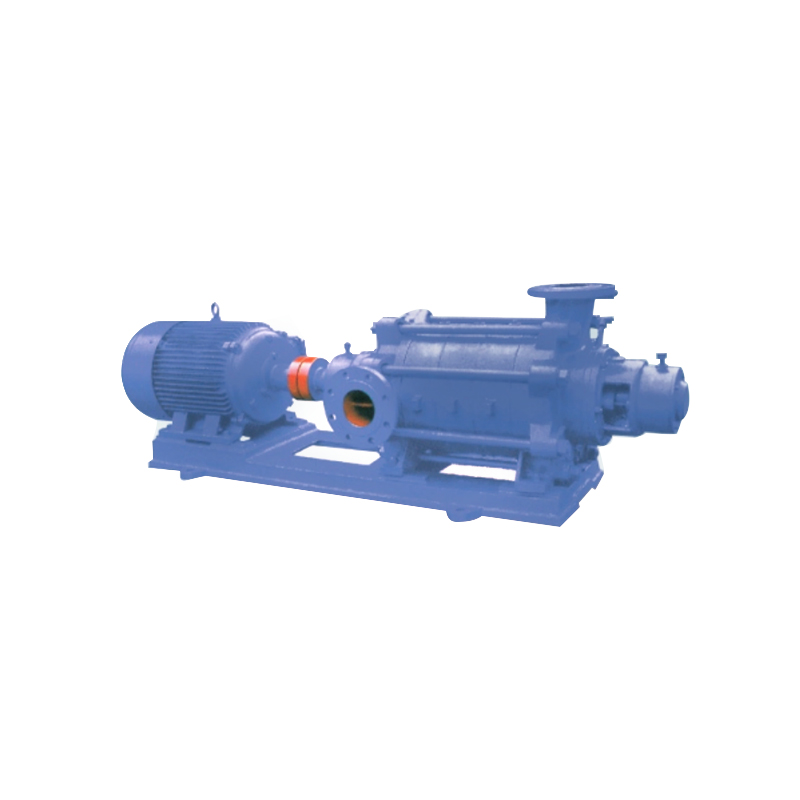
Municipal Water Supply: Cities use them in water intake and distribution systems to transport large volumes of water across varying topographies.
Industrial Manufacturing: Factories utilize them for washing systems, pressure boosting, and circulation tasks involving clean liquids.
Oil and Gas Processing: Horizontal multistage pumps handle fluid transfer in refinery and petrochemical operations where high temperatures and pressures are routine.
Fire Protection Systems: The pumps provide the necessary pressure in large sprinkler systems, especially in airports, tunnels, and commercial complexes.
Innovations Driving Market Expansion
Recent technological developments have strengthened the value proposition of horizontal multistage centrifugal pumps, making them more intelligent, efficient, and durable than ever before:
Smart Monitoring Integration: Many new pump models are equipped with sensors that monitor temperature, vibration, and pressure in real time. These data points enable predictive maintenance, reducing unplanned outages.
Advanced Coating and Materials: Corrosion-resistant materials like duplex stainless steel or ceramic coatings are now standard in models used for aggressive fluids or high-temperature environments.
Energy Optimization: Pumps integrated with Variable Frequency Drives (VFDs) adjust motor speeds based on demand, reducing energy consumption and mechanical stress.
Hydraulic Efficiency Improvements: Computational fluid dynamics (CFD) simulations have led to better impeller and diffuser designs, improving flow efficiency and reducing cavitation risk.
Standardization and Customization: While many pumps adhere to ISO or API standards, manufacturers now offer modular units that can be customized without sacrificing delivery time.


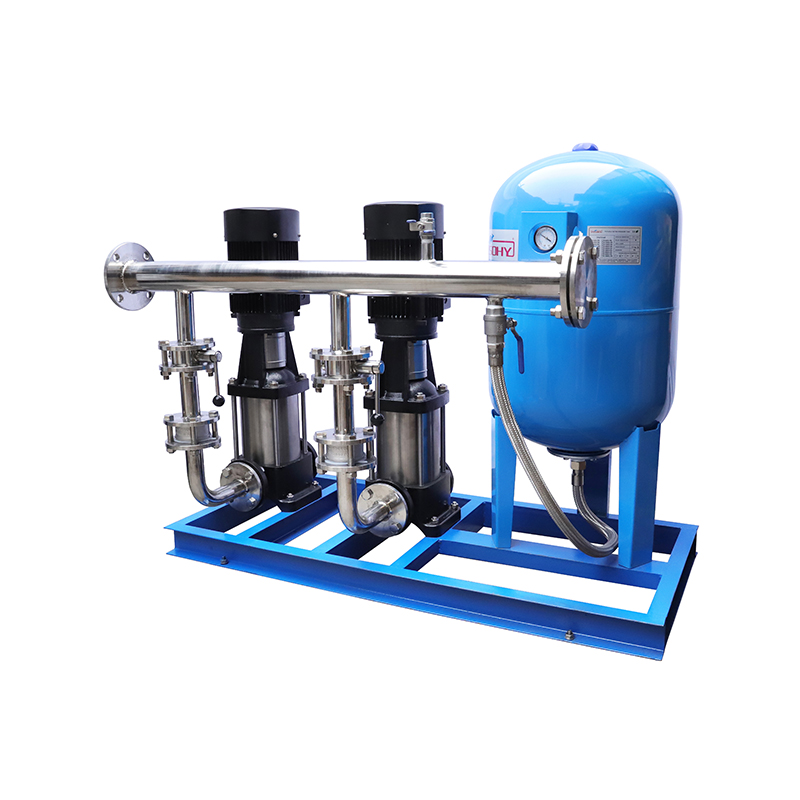
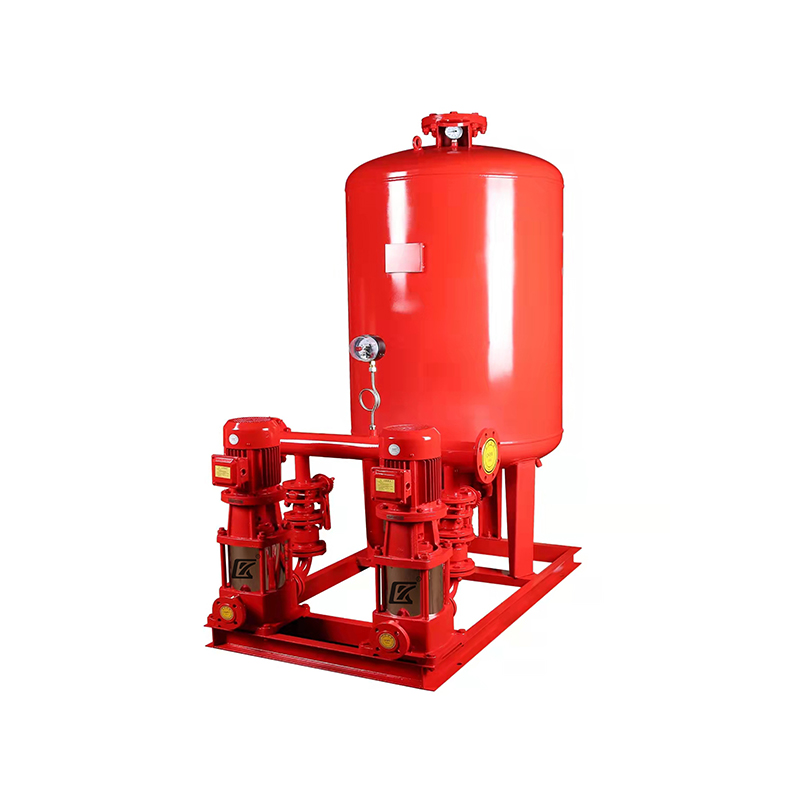
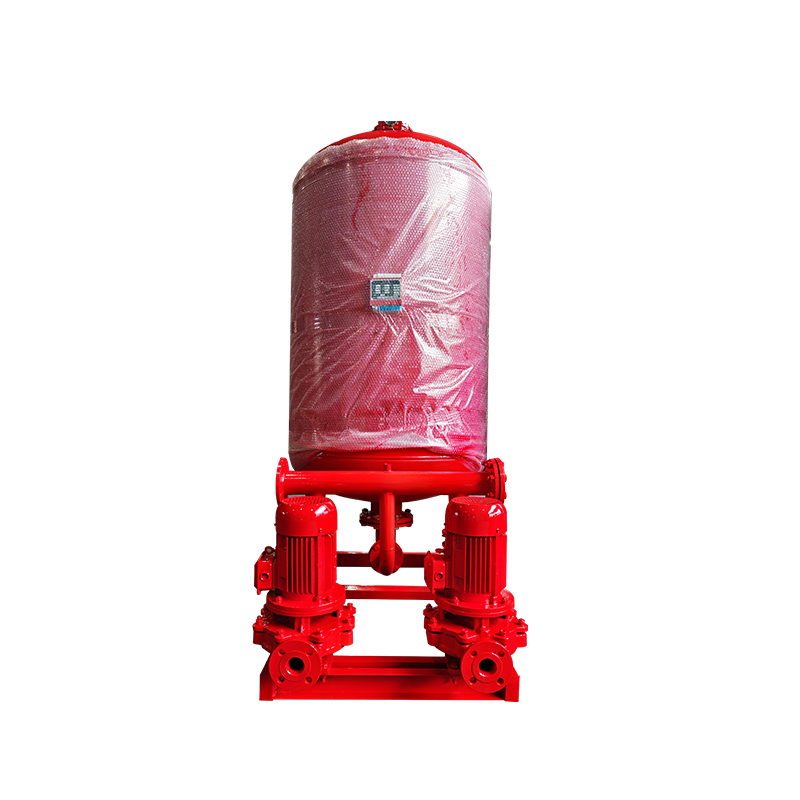

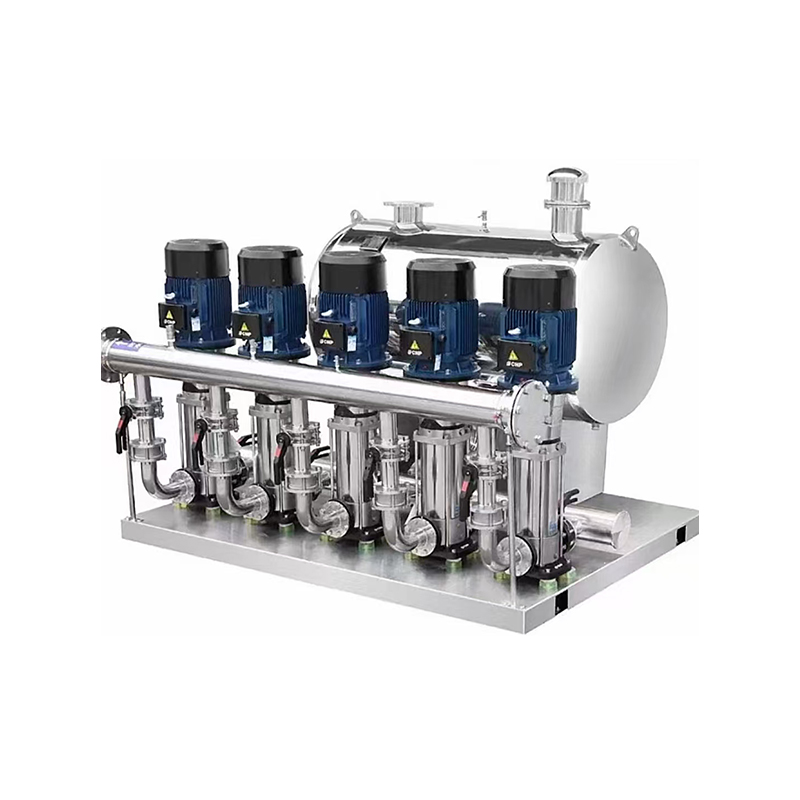
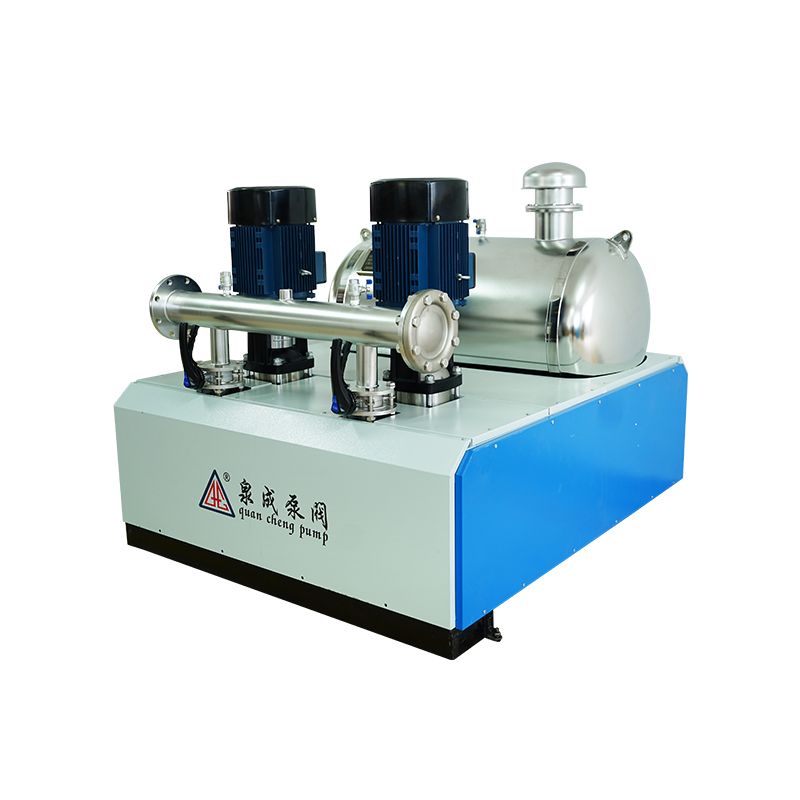
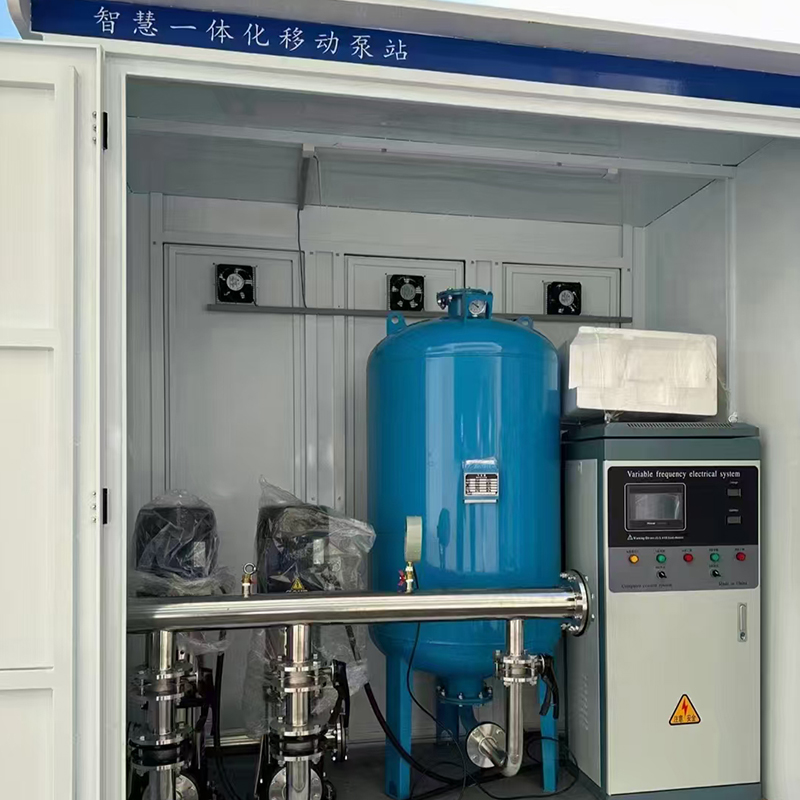

 浙公网安备33032402001888号
浙公网安备33032402001888号
